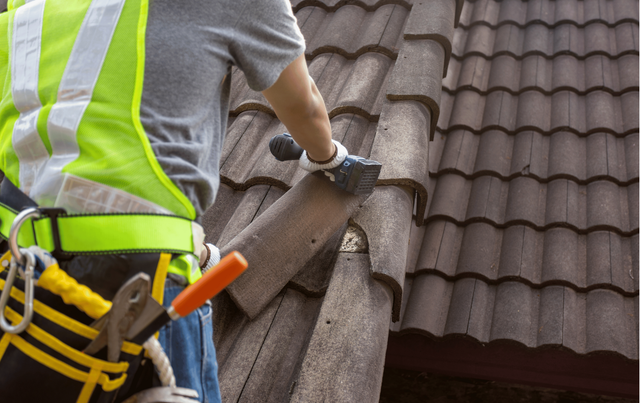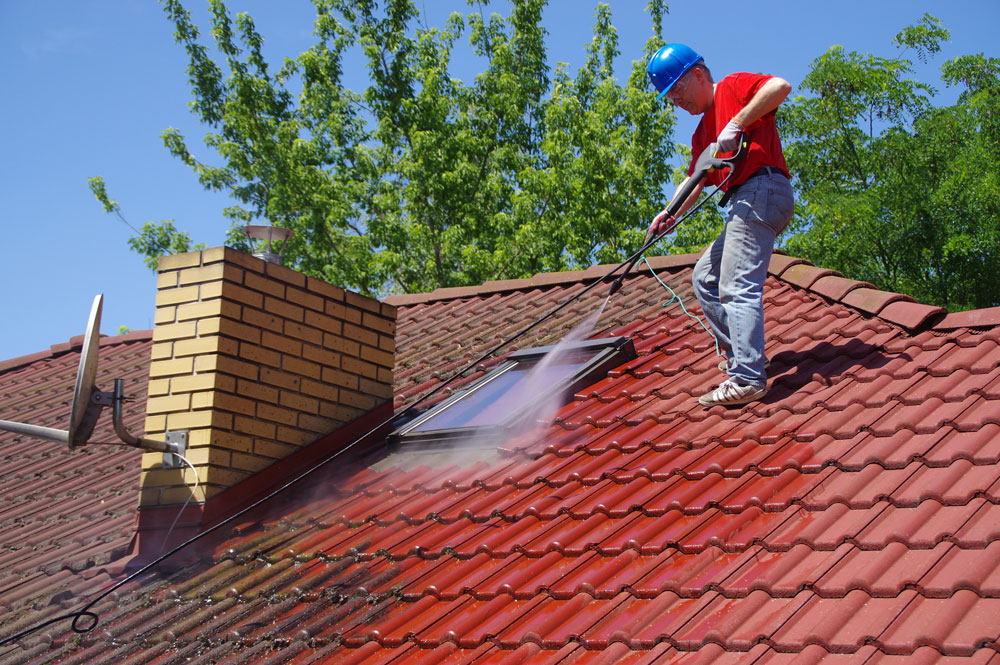High-Quality Materials and Workmanship from Northeast Ohio Roofing Contractors
High-Quality Materials and Workmanship from Northeast Ohio Roofing Contractors
Blog Article
A Comprehensive Overview to the Setup Process of a Skylight Roof Covering
The installation of a skylight roof covering is a multifaceted process that needs careful preparation and execution to make certain ideal efficiency and visual charm. This overview will certainly lay out the vital actions entailed, from selecting the suitable skylight type to the vital devices and products needed for a successful setup. Recognizing the nuances of structural integrity and waterproofing is vital, as these variables directly affect the long life of your skylight. As we explore each stage, it comes to be clear that interest to information is not merely useful yet crucial for attaining a smooth combination of natural light into your area.

Understanding Skylight Kinds
When considering a skylight installation, it is necessary to understand the different kinds offered, each developed to meet various visual and useful needs. The most common sorts of skylights include dealt with, vented, tubular, and operable versions.
Set skylights are non-opening units that serve mostly to supply natural light and enhance indoor spaces. Vented skylights, on the other hand, include a system that allows them to open up, promoting air flow and minimizing moisture levels.
Tubular skylights are small and made to capture sunlight via a little dome on the roof covering, directing it down a reflective tube into the home. This type is useful for smaller sized areas or spaces that need added light without compromising ceiling elevation. Last but not least, operable skylights incorporate both all-natural light and air flow, making them versatile in different environments.
Each skylight type offers special benefits, and the option relies on aspects such as the meant use of the room, neighborhood climate, and building design. Hence, comprehending these alternatives is essential for making a notified decision.
Preparing for Installment
Picking the appropriate type of skylight is simply the beginning; appropriate preparation for installation is important for making sure an effective project. Before starting the installation procedure, it is crucial to assess the architectural integrity of the roofing system where the skylight will be mounted. This includes checking for any indications of damage, such as rot or leaks, which might lead and jeopardize the installment to future issues.
Following, it is necessary to prepare the area of the skylight very carefully. Think about variables such as sunlight direct exposure, prospective obstructions (like trees or neighboring structures), and the total appearances of the space. Marking the location plainly will aid in envisioning the result and aid protect against errors during installment.
Additionally, evaluating local structure codes and getting necessary authorizations is imperative to ensure conformity with laws. This action will assist prevent potential fines and guarantee the security and legitimacy of the setup.
Devices and Materials Needed
A successful skylight installment requires a specific collection of tools and products to make sure accuracy and efficiency throughout the process. Important tools consist of a measuring tape, degree, circular saw, and utility knife, which are crucial for accurate dimensions and cutting. A drill and proper drill bits are essential for developing openings for placing braces, while a hammer and nails or screws are required for securing the skylight in position.
The skylight system itself need to be selected based on the size and type appropriate for the roofing system. Roofing concrete and caulking are also needed to supply extra waterproofing around the skylight edges.
Safety and security equipment, such as handwear covers, safety glasses, and a construction hat, need to not be neglected to secure versus potential threats during the setup. Last but not least, tarpaulins or ground cloth can be valuable to capture debris and safeguard the inside of the area below. Collectively, these products and tools lay the structure for an effective skylight installment.
Step-by-Step Setup Process
Successfully installing a skylight entails a methodical approach that guarantees both performance and visual appeals. Begin by noting the wanted location on the ceiling, guaranteeing it straightens with the architectural components of the roof. Next off, cut an opening that represents the dimensions of the skylight framework, making sure to prevent any type of electrical wiring or plumbing.
Once the opening is prepared, install flashing around the border to draw away water away from the skylight. This is critical for protecting against leakages. Setting the skylight into the opening, guaranteeing it sits flush with the roofline. Safeguard it in position making use of nails or screws, according to the supplier's requirements.
Following, apply roofing concrete along the edges of the skylight and around the blinking to produce a leak-proof seal. Install the indoor trim to cover any exposed sides and to offer a finished look inside the home. Lastly, check the installation Look At This for any kind of voids or blemishes that might bring about leakages. Appropriately checking the skylight ensures durability and boosts its aesthetic allure, giving a lovely source of natural light for years to find.
Completing and Keeping Your Skylight
After the setup of your skylight is full, it's necessary to conclude the procedure by making sure that all finishing touches are used and appropriate maintenance regimens are established. Begin by evaluating the interior and outside seals for any type of gaps or inconsistencies that could bring about leaks. Correct sealing is crucial for the long life of your skylight.
Next, tidy the glass surface area with a gentle, non-abrasive cleaner to preserve quality and enhance natural light infiltration. Avoid extreme chemicals that can harm the framework or seals. Regularly look for debris buildup around the skylight, as this can result in water drainage problems and may need routine cleaning.
Establish a maintenance routine, ideally every six months, to evaluate the condition of the skylight. Search for indications of wear, including damage of seals or structure materials. Resolve them immediately to stop additional damage. if you notice any concerns.
Verdict

The installation of a skylight roofing system is a diverse process that calls for thorough planning and execution to guarantee ideal efficiency and visual appeal.Choosing the appropriate kind of skylight is simply the beginning; sufficient prep work for installment is crucial for ensuring a successful task.A successful skylight setup calls for a details set of additional reading devices and products to ensure accuracy and performance throughout the process.After the installation of your skylight is complete, it's essential to cover up the process by guaranteeing that all finishing touches are used and correct maintenance routines are developed. Ensuring architectural honesty, appropriate flashing installment, and a water tight seal are essential for the skylight's efficiency and durability.
Report this page